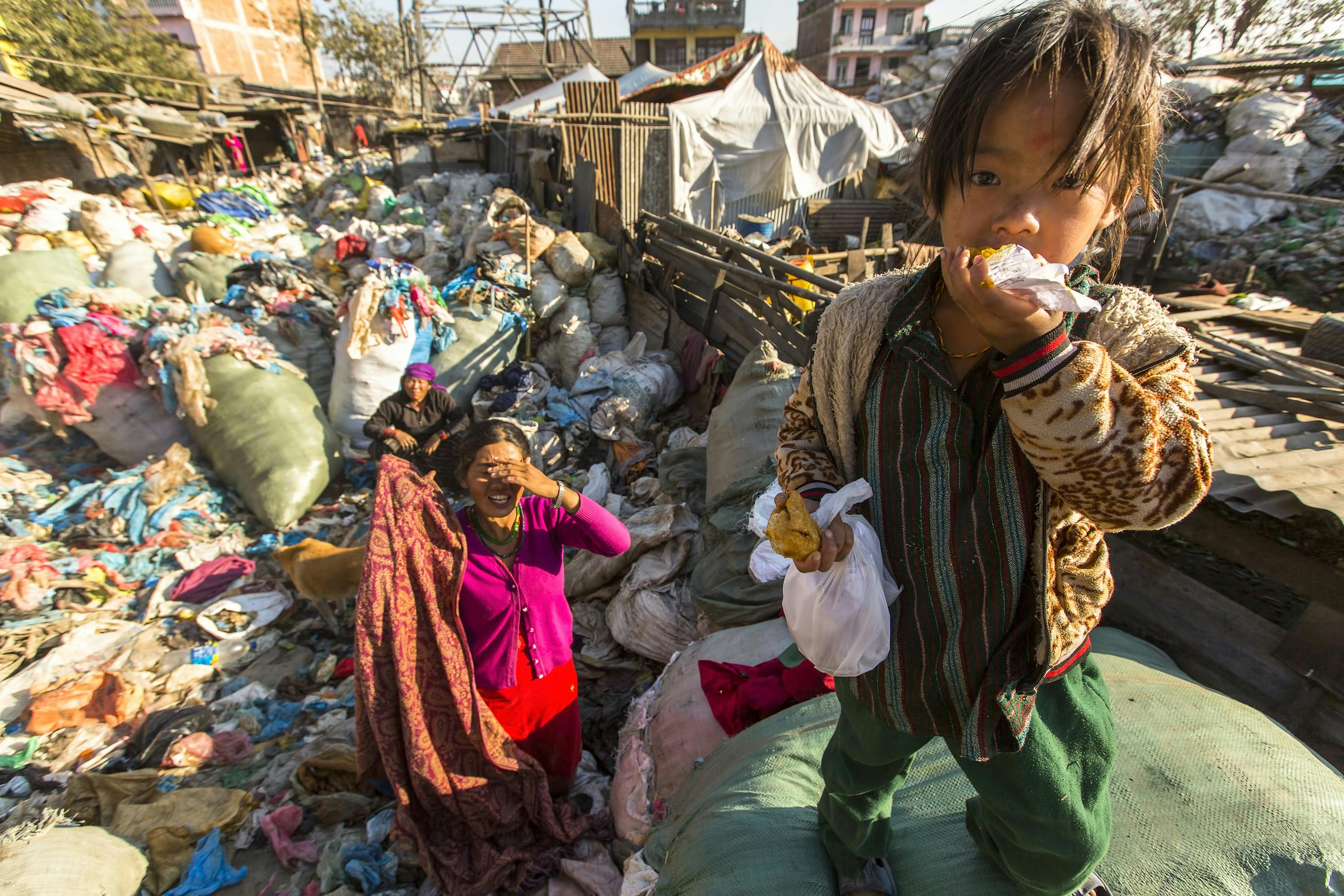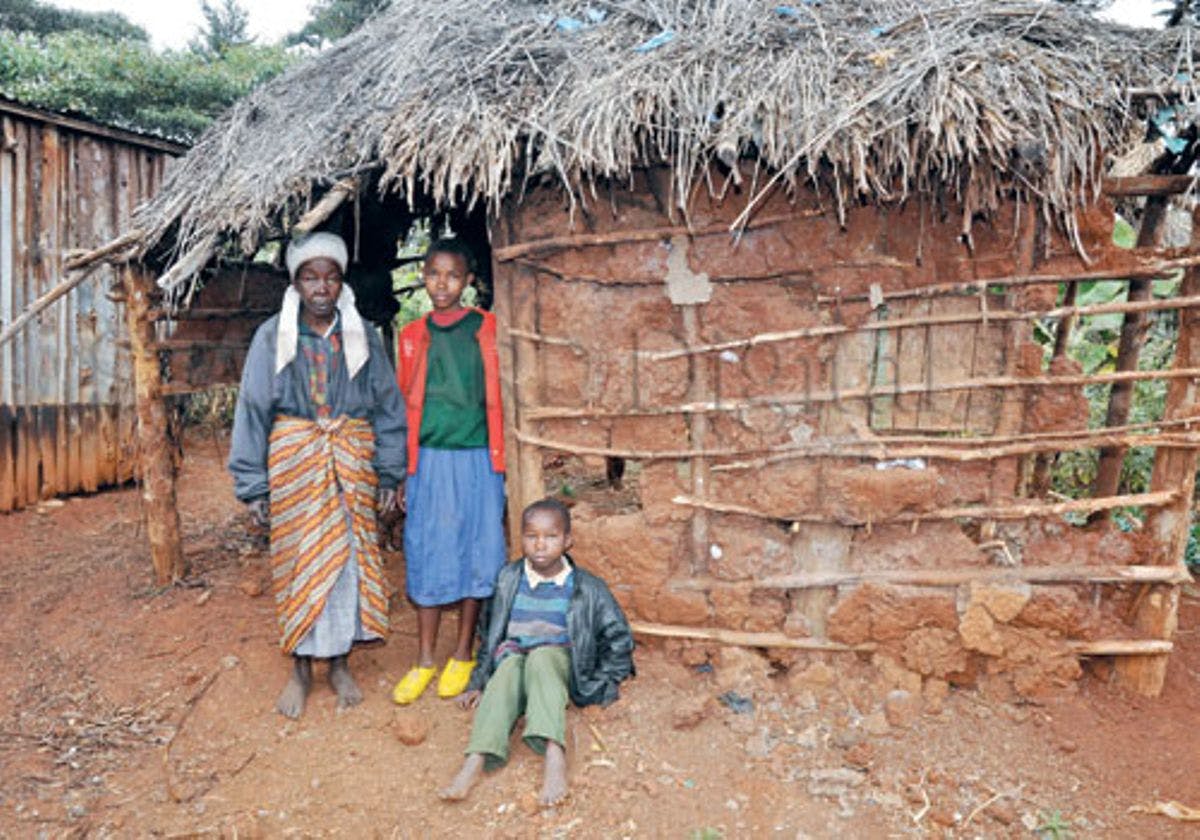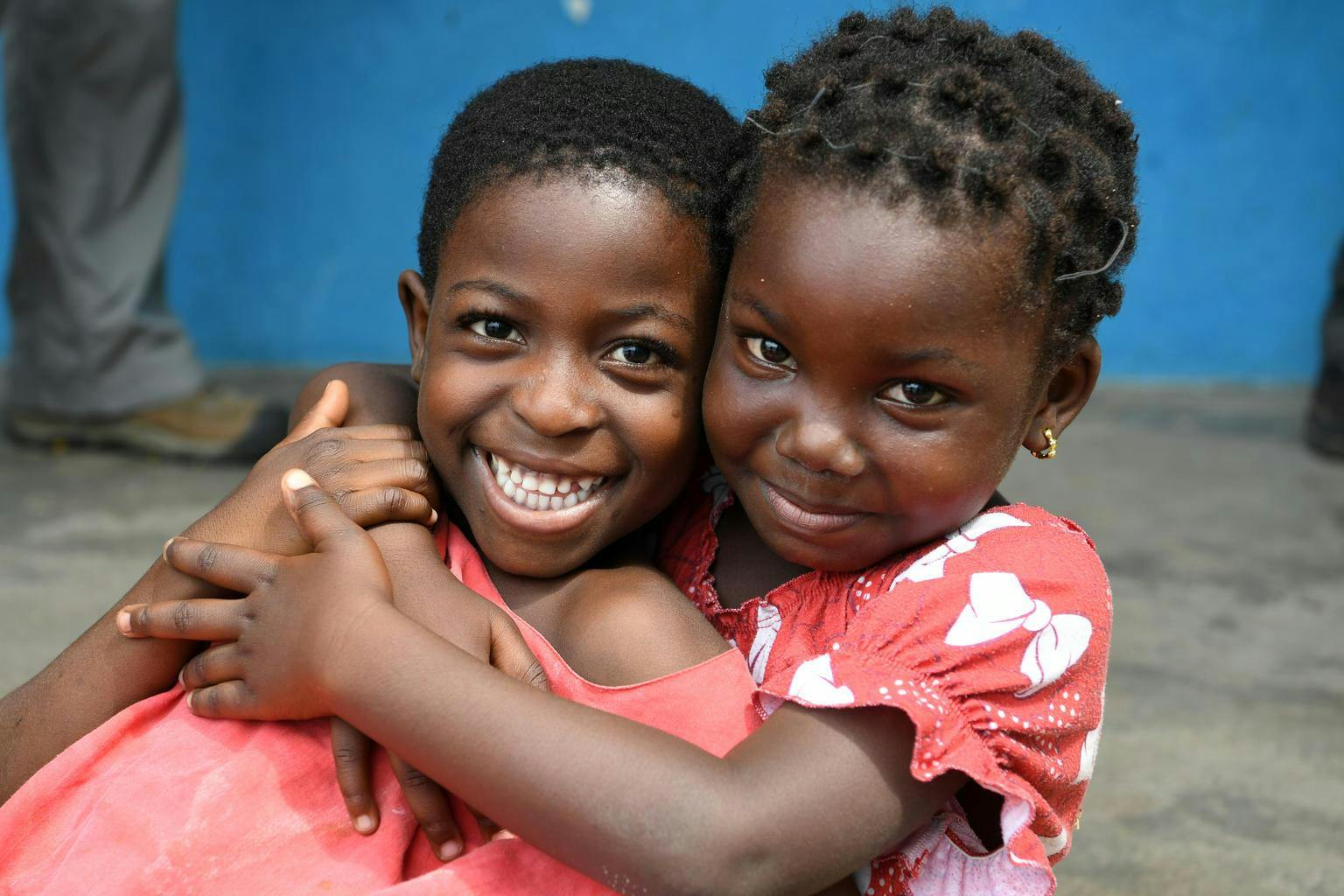Introduction
Can you imagine what it feels like to live in extreme poverty? 90% of us don’t have to think about it. While you’re considering the next pair of shoes you’re going to buy, people living in extreme poverty think about the next meal they’re going to eat or if they’re going to eat at all.
According to World Data Lab, over 600 million people worldwide live in extreme poverty as of today. Unfortunately, the situation might worsen due to the COVID-19 pandemic and the adverse effect it’s going to have on global economies. The World Bank predicts that 40 million to 60 million people will fall into extreme poverty in 2020, increasing the global extreme poverty rate to 9%. The Guardian reports that coronavirus could take us back 30 years in terms of global poverty fight.

We must do whatever it takes to prevent this scenario from happening.
What is the definition of poverty?
Most of us associate poverty with a lack of money, but it’s an oversimplification, which is why we’re going to start with a poverty definition to ensure we’re all on the same page. According to the World Bank, poverty indicates a deprivation in well-being. Simply put, it means being hungry, lacking shelter, being illiterate and not being able to go to school, as well as being sick, and not having anyone to care for you.
Poverty around the world
Is it possible to turn the poverty definition into a number? It is – to an extent. It’s agreed that extreme poverty indicates living on $1.90 or less a day. It seems impossible, doesn’t it? Yet, 600 million people live in extreme poverty, with 40% located in Africa, and this number is predicted to grow to 90% by 2030.
Being poor differs from country to country, which is why different poverty lines were set for more developed economies:
- $3.20 a day for people in "lower-middle-income" countries, such as Egypt or India,
- $5.50 a day for "upper-middle-income" countries, such as Jamaica or South Africa.
- $21.70 a day for high-income countries, like the US.

The multidimensional nature of poverty
Going back to the poverty definition, being poor means different things to different people and is best explained through the voices of poor people themselves.
Sixty people from developing economies were asked what poverty means to them, here is what some of them said:
To some poverty means lack of confidence – “Poverty means we don’t believe in self, we hardly travel out of the community—so frustrated, just locked up in a house all day.” – a group of young men in Jamaica
To others, it’s about your living conditions –“Don’t ask me what poverty is because you have met it outside my house. Look at the house and count the number of holes. Look at my utensils and the clothes I am wearing. Look at everything and write what you see. What you see is poverty.” – a man in Kenya

To an Argentinian, poverty is associated with a lack of work – “You have work, and you are fine. If not, you starve. That’s how it is.”
Due to poverty’s complexity, tackling it is a huge challenge, which takes us to the concept of poverty classification.
There are multiple types of poverty
To further show you the complexity of poverty, let’s have a look at different types of poverty. According to Eric Jensen, there are 6 poverty types, including:
- Absolute poverty – occurs when a household’s income level is too low to meet the family’s basic needs including food, shelter, safe drinking water, education, and healthcare. The country’s economic growth has no effect on people living below the poverty line. Absolutely poverty classifies households according to a fixed income level which is country dependent.
- Relative poverty – takes place when a household’s income is 50% lower than the average family income, which allows buying basic products only. This type of poverty, as opposed to absolute poverty, can be impacted by the country’s economic growth. However, it can also be permanent, which indicates that certain families will never enjoy the same level of comfort as others.
- Situational poverty – is caused by a sudden event such as a divorce, death of a family member, illness, or a job loss. These situations are frequently beyond our control and are hard to predict.
- Generational poverty – happens when you’re born into poverty, i.e. your family has lived in poverty for at least two generations. While situational poverty can be temporary, generational poverty is much harder to overcome.
- Urban poverty – can be viewed in two ways, 1) as an absolute standard based on a minimum income required to have a healthy and fairly comfortable life, 2) a relative standard based on the nation’s average standard of living.
- Rural poverty – refers to poverty in rural areas, and covers rural society, economy, and political systems which have contributed to poverty. Rural poverty is one of the main global concerns with food insecurity being its main cause. According to FAO, access to healthy and nutritious food is necessary to alleviate poverty.
Everyone can help...
As you can see, poverty definition is multidimensional and complex, which makes fighting poverty so difficult but not impossible to win. In fact, what if we told you, you can contribute to poverty alleviation pretty much effortlessly – at zero cost?
How – all you have to do is install Altruisto, visit one of your favorite shops including Barnes & Noble, eBay, or Aliexpress (and others) and start shopping. A portion of the money you spend will go to charities focusing on eliminating global poverty – at no extra cost to you.
We can alleviate global poverty only by working together. Why don’t you start today and make a few of the poorest children start smiling again?
